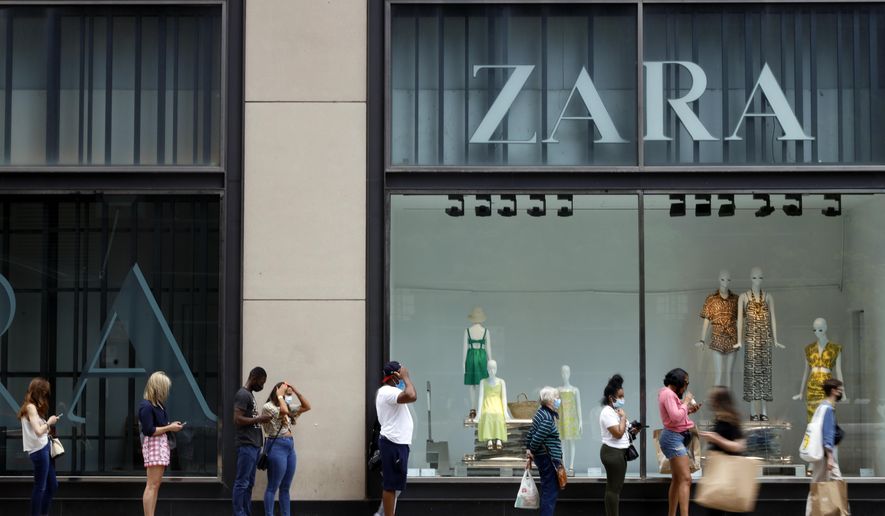The economy slumped in the first quarter of this year for the first time since the pandemic began, shrinking at a 1.4% annual rate amid rising interest rates, soaring gas prices, inventory shortages and record-high inflation.
But consumers and businesses increased their spending in the January-to-March quarter, the Commerce Department said, a sign that the economy could keep expanding in the midterm election year.
Gross domestic product — the measure of the nation’s total output of goods and services — fell far below the 6.9% annual growth in the fourth quarter of 2021.
Most economists define a recession as two straight quarters of declining GDP.
The economy is facing pressures that have heightened worries about its fundamental health and raised concerns about a possible recession. Inflation is squeezing households as gas and food prices spike, borrowing costs mount and the global economy is rattled by Russia’s invasion of Ukraine and China’s COVID lockdowns.
In March, consumer prices rose at an annual rate of 8.5%, the highest in 40 years. President Biden places much of the blame on pandemic-related supply shortages and Russia’s invasion, while congressional Republicans fault high spending by Democrats last year.
Still, the U.S. job market — the most important pillar of the economy — remains robust. And in the January-March quarter, businesses and consumers increased their spending at a 3.7% annual rate after adjusting for inflation.
Economists consider that trend a better gauge than the overall GDP of the economy’s underlying strength. Most analysts expect the steady pace of spending to sustain the economy’s growth, though the outlook remains highly uncertain.
• This article is based on wire service reports.
• Dave Boyer can be reached at dboyer@washingtontimes.com.




Please read our comment policy before commenting.